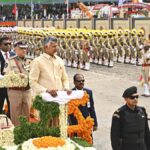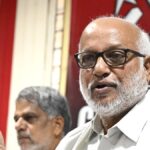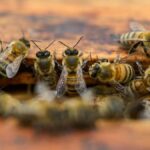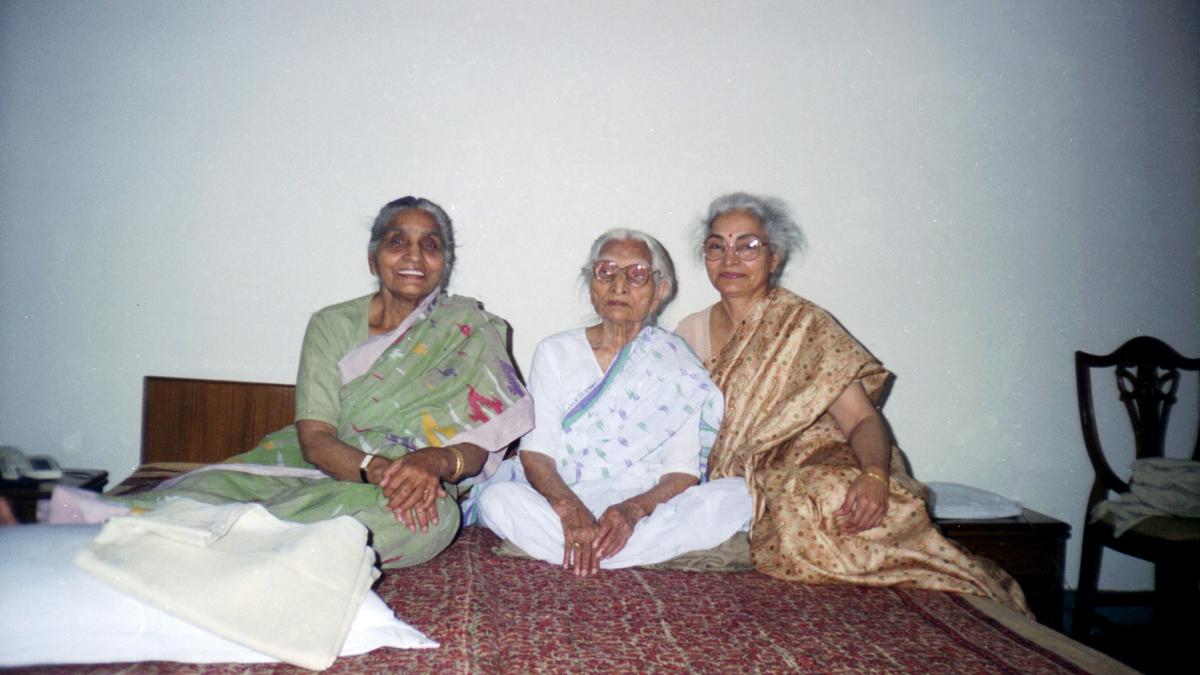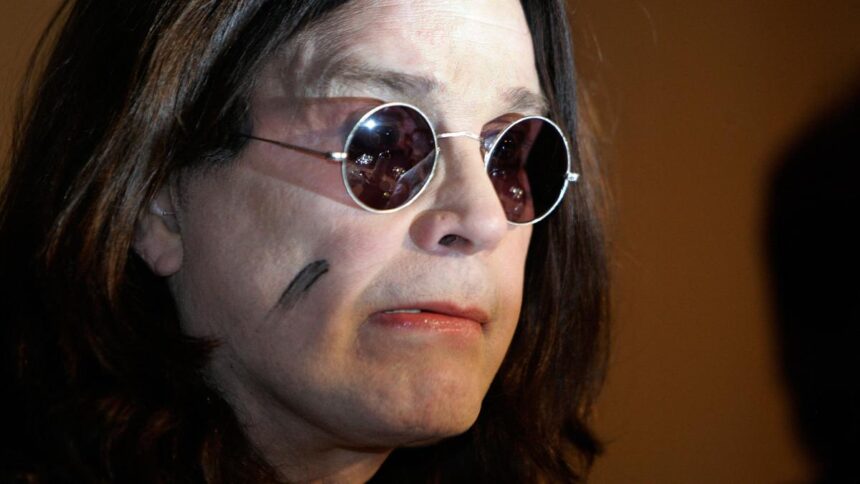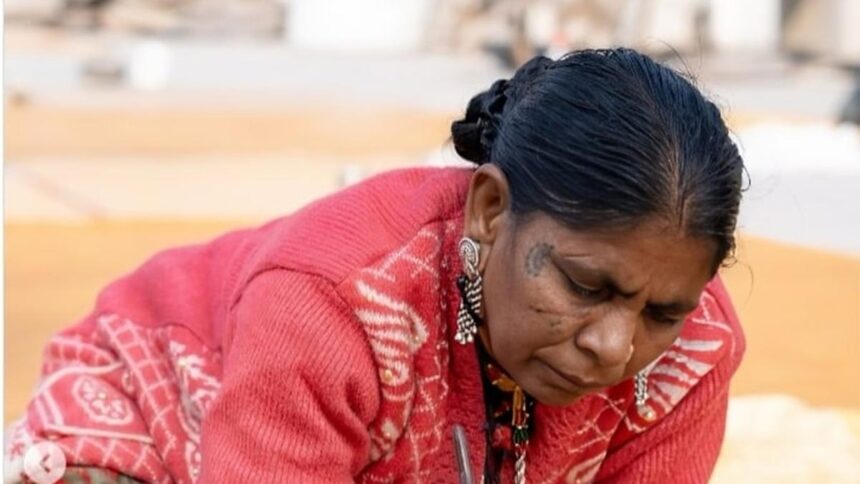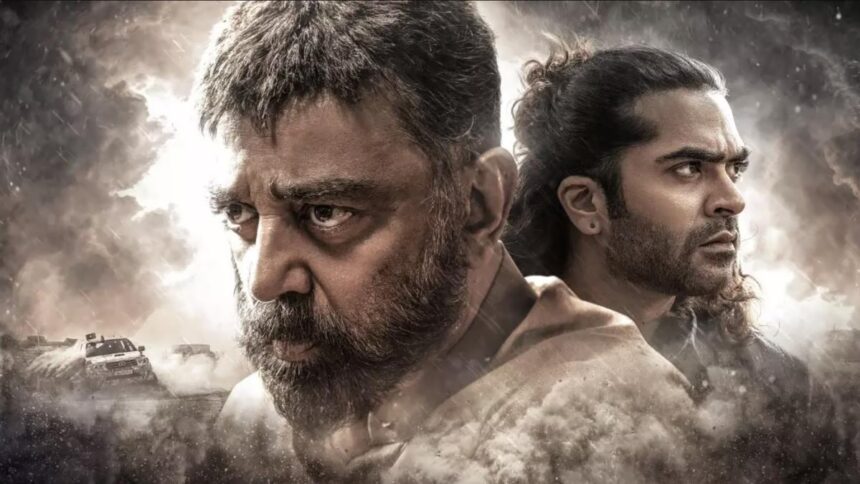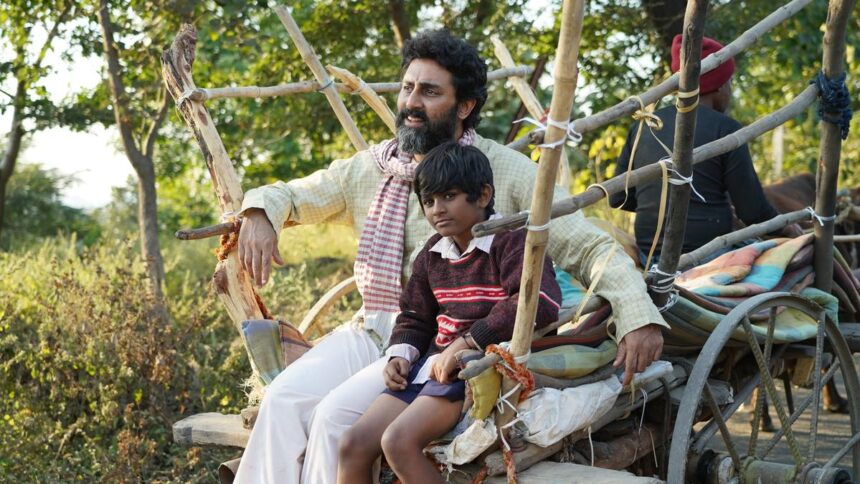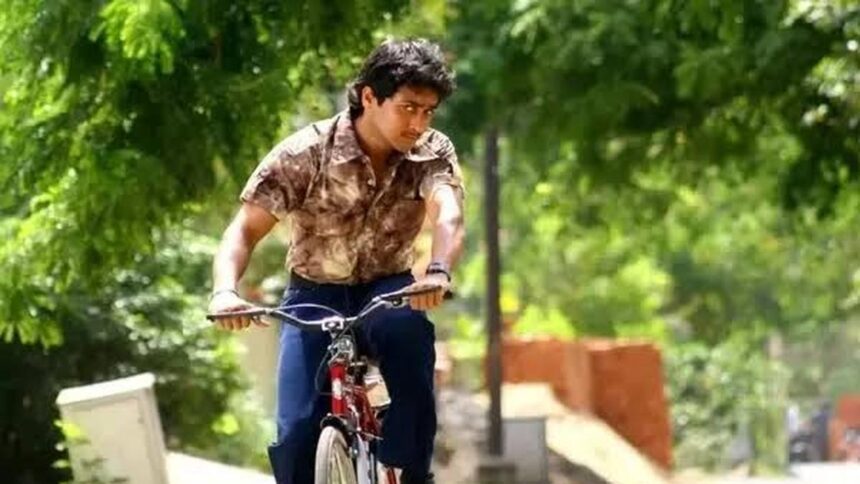Seventy-eight years ago, as the clock ticked towards midnight on August 14, India’s first Prime Minister Jawaharlal Nehru announced the country’s independence with an iconic speech, Tryst with Destiny, at Parliament House. In the Art Gallery of Kamaladevi Complex at India International Centre, New Delhi, before I examine the exhibition, Hamaara Ithihaas Archives Of Freedom Fighters, I engage in a surreal study of my proximity with time and space from where I stand, physically and existentially. It leads me to juxtapose the distance of four-and-a-half kilometres from Parliament House and the nearly eight decades from 1947.
Surrounded by the maze of achromatic and sepia-toned portraits of revolutionaries — who chose to kiss the gallows over bootlicking the British colonisers — and the copies of newspapers that spoke truth to the powers that be, Nehru’s words come to mind: “At this solemn moment when the people of India, through suffering and sacrifice, have secured freedom…”. A peculiar installation, with a charpoy placed atop another charpoy and the Tricolour tied to one of its corners, catches my attention. As I point my phone’s camera to click, a guard shouts out: “Pictures not allowed”.
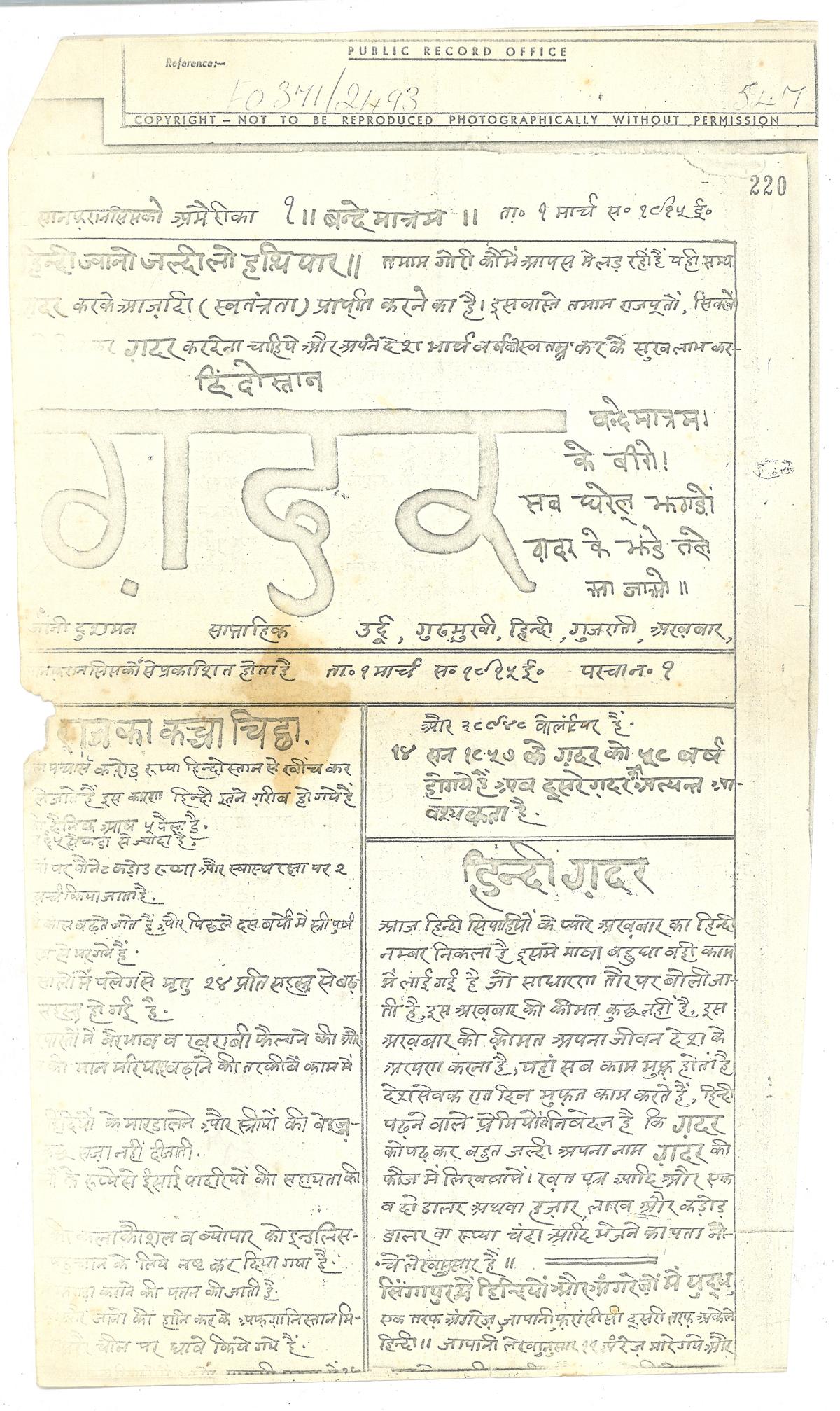
Ghadar paper first edition, San Francisco, USA 1st March, 1915
| Photo Credit:
Hamaara Itihaas Archives of Freedom Fighters (HIAFF)
“I can give you a tour of the place, if you like,” says Sagari Chhabra, who introduces herself as the founder-director of Hamaara Itihaas Archives of Freedom Fighters (HIAFF). I am now a spectator to her demonstration, between contemplating the meaning of freedom and wrestling with the idea of sections in which the retrospective has been organised.
The idea of the exhibition, says Sagari, is “to create a record of the known and unknown freedom fighters, in India and across the world. There was virtually no or little record of the work done by women freedom fighters. So, we have a special focus on our women freedom fighters. The purpose is to educate and inspire the new and coming generations.”
Coming from Punjab, my eyes look for Ghadarite Gulab Kaur’s picture amidst portraits of Kartar Singh Sarabha and others, especially because Punjab Lok Sabhyacharak Manch — Punjab’s cultural organisation for social change and activism — is observing 2025 as the centenary year of Gulab’s death. But I am rushed to other sections that depict the works of revolutionaries who fought for India from foreign shores.
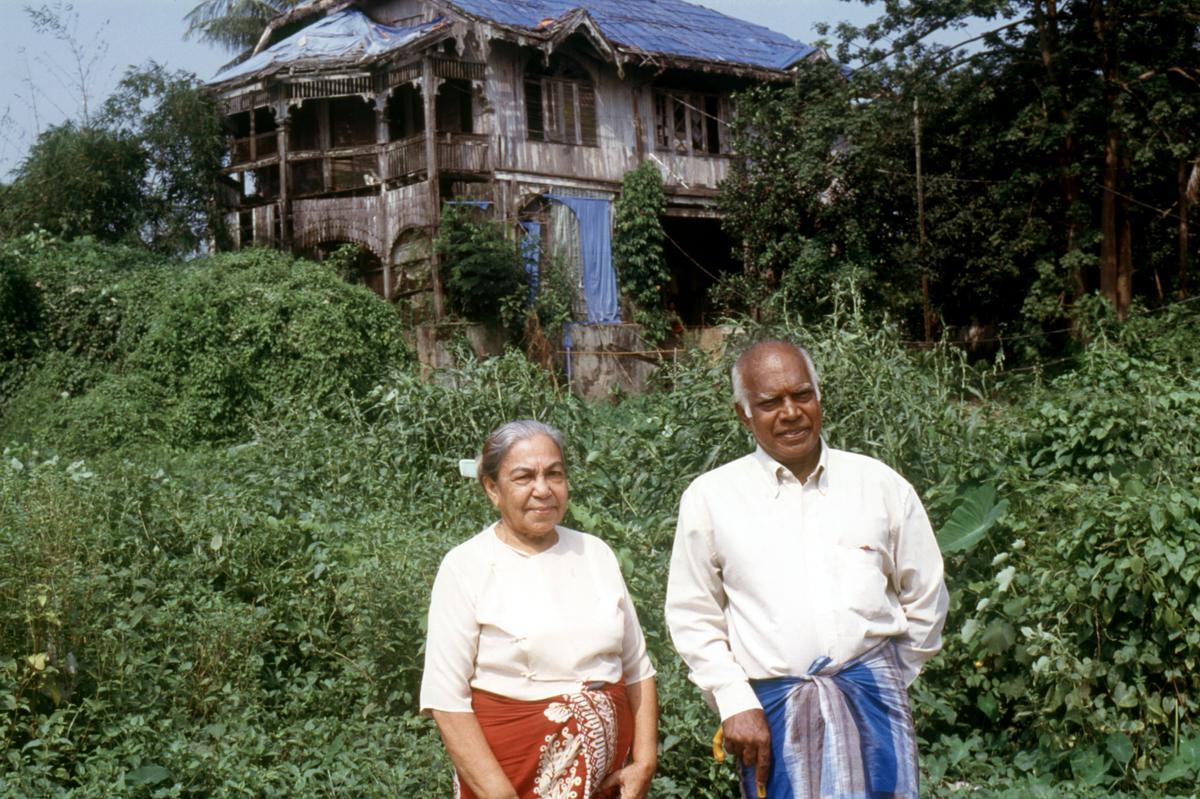
Mehrunissa (left), Perumal, INA.
| Photo Credit:
Sagari Chhabra, Yangon, 2004, HIAFF
Sagari lists names after names: “International freedom fighters: Shyamji Krishna Varma, SR Rana. Other revolutionaries abroad: Taraknath Das, Bhupendra Dutt, Ajit Singh — uncle of Bhagat Singh. A special section on Bhagat Singh, Sukhdev, Rajguru, and women who helped them: Durga Devi Vohra aka Durga Bhabhi, Sushila Mohan aka Sushila Didi….” And then shares: “There is a special section on Netaji Subhas Chandra Bose’s Indian National Army, based in South-East Asia with a particular focus on the Rani of Jhansi Regiment, one of the earliest all-woman military regiments of the world.”
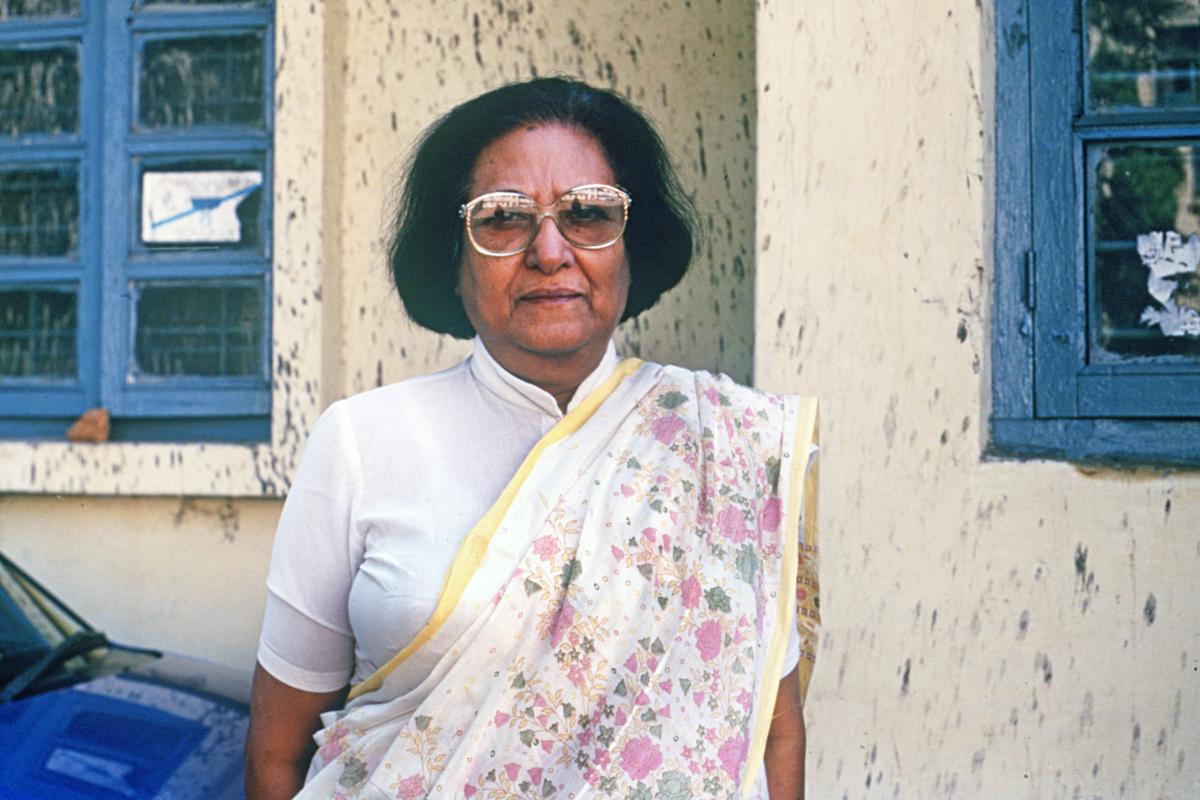
Momota Mehta, Rani of Jhansi Regiment
| Photo Credit:
Preeta Jayaraman, 1998, HIAFF
Sourced from Arkib Negara, the National Archives of Malaysia; National Archives, Singapore; National Archives of India; Prime Minister’s Museum And Memorial Library; and some original recordings of HIAFF, Sagari informs that nearly three decades of research has gone into curating the retrospective. “The archive contains oral testimonies, photos, audio, video, and film recordings across India, Malaysia, Singapore, Thailand and Myanmar. It displays photos and documents from London, Paris, Geneva, Stuttgart, San Francisco and other places, showing that India’s freedom struggle was both revolutionary and non-violent. It contains rare documents of the paper, Bande Mataram and Talvar started by Madam Bhikaiji Cama and the Ghadar Party based in Vancouver and San Francisco,” she adds.
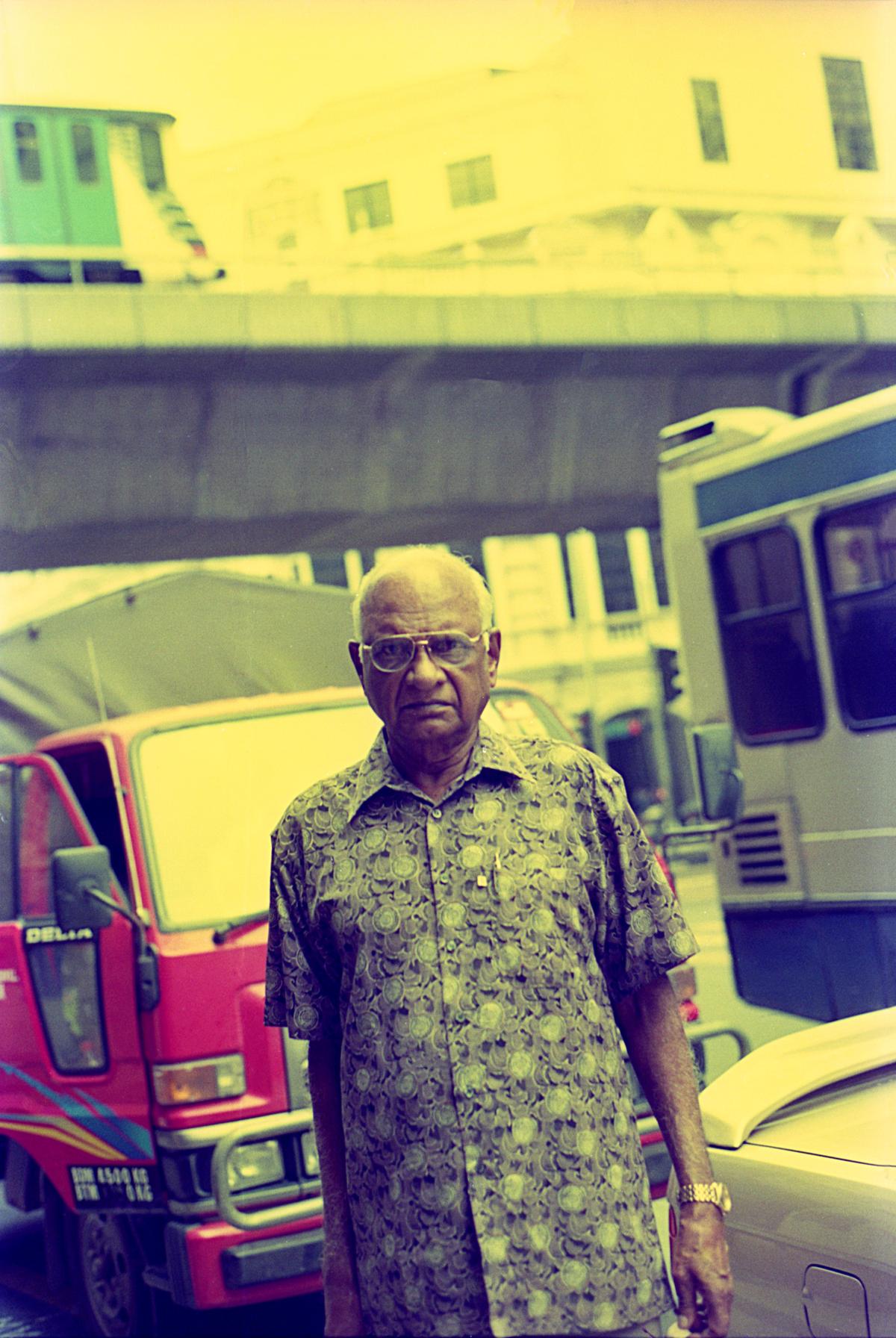
Gandhinathan, Tokyo Cadet
| Photo Credit:
Sagari Chhabra, Kuala Lumpur 2004, HIAFF
As for the charpoy and Tricolour installation, Sagari coaxes me to look on the other side of the wall against which the installation is placed. It has pictures of several women. “They raised the flag from inside the Lahore Women’s Jail in 1942,” she informs, pointing at the interview of Bibi Amar Kaur, one of the protesters from the jail, playing on the screen from her documentary, Asli Azaadi. “The courage and sacrifice of our freedom fighters, most of whom have gone unsung and unrecognised, deserves to be recorded,” she states in the press communiqué.
The exhibition will be on view till August 23 at the Art Gallery, Kamaladevi Complex, India International Centre, 40 Max Mueller Marg, New Delhi; from 11am to 7pm.
Published – August 15, 2025 12:20 pm IST



